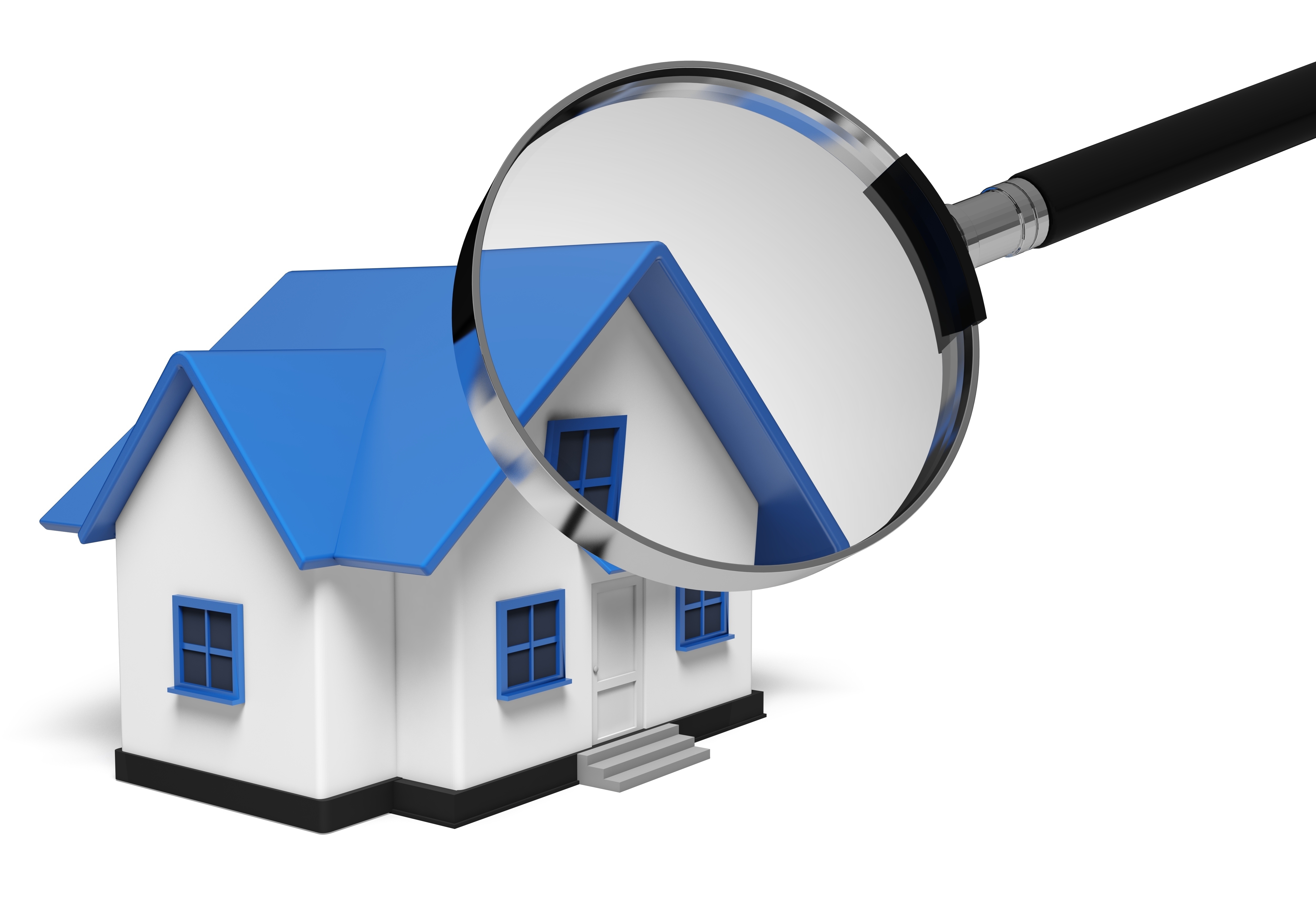
Real Property Appraisals: A PrimerA home purchase can be the most important transaction some people may ever consider. Whether it's a main residence, an additional vacation home or an investment, the purchase of real property is an involved transaction that requires multiple parties to pull it all off. Most of the participants are quite familiar. The most familiar entity in the transaction is the real estate agent. Next, the lender provides the financial capital necessary to bankroll the transaction. The title company sees to it that all requirements of the sale are completed and that a clear title transfers to the buyer from the seller. So, what party makes sure the value of the real estate is in line with the purchase price? In comes the appraiser. We provide an unbiased opinion of what a buyer might expect to pay — or a seller receive — for a property, where both buyer and seller are informed parties. A licensed, certified, professional appraiser from MD Home Appraisals will ensure, you as an interested party, are informed. The inspection is where an appraisal beginsOur first duty at MD Home Appraisals is to inspect the property to determine its true status. We must actually see aspects of the property, such as the number of bedrooms and bathrooms, the location, and so on, to ensure they indeed are there and are in the shape a typical person would expect them to be. The inspection often includes a sketch of the property, ensuring the square footage is accurate and illustrating the layout of the property. Most importantly, the appraiser looks for any obvious amenities - or defects - that would have an impact on the value of the property. Once the site has been inspected, we use two or three approaches to determining the value of real property: a paired sales analysis, a replacement cost calculation, and an income approach when rental properties are prevalent. 
Cost ApproachThis is where the appraiser uses information on local construction costs, the cost of labor and other elements to calculate how much it would cost to build a property nearly identical to the one being appraised. This value commonly sets the maximum on what a property would sell for. It's also the least used method. 
Paired Sales AnalysisAppraisers become very familiar with the subdivisions in which they work. They thoroughly understand the value of specific features to the residents of that area. Then, the appraiser researches recent sales in close proximity to the subject and finds properties which are 'comparable' to the subject at hand. Using knowledge of the value of certain items such as square footage, extra bathrooms, hardwood floors, fireplaces or view lots (just to name a few), we add or subtract from each comparable's sales price so that they are more accurately in line with the features of subject.
After all differences have been accounted for, the appraiser reconciles the adjusted sales prices of all the comps and then derives an opinion of what the subject could sell for. When it comes to valuing features of homes in Yuma and Yuma, MD Home Appraisals is your local authority. The sales comparison approach to value is commonly given the most consideration when an appraisal is for a real estate sale. Valuation Using the Income ApproachIn the case of income producing properties - rental houses for example - we may use an additional approach to value. In this scenario, the amount of revenue the real estate produces is factored in with other rents in the area for comparable properties to determine the current value. Coming Up With The Final ValueCombining information from all applicable approaches, the appraiser is then ready to stipulate an estimated market value for the subject property. The estimate of value at the bottom of the appraisal report is not necessarily the final sales price even though it is likely the best indication of a property's valueThere are always mitigating factors such as seller motivation, urgency or 'bidding wars' that may adjust an offer or listing price up or down. Regardless, the appraised value is often used as a guideline for lenders who don't want to loan a buyer more money than the property is actually worth. It all comes down to this, an appraiser from MD Home Appraisals will help you attain the most fair and balanced property value, so you can make profitable real estate decisions. |